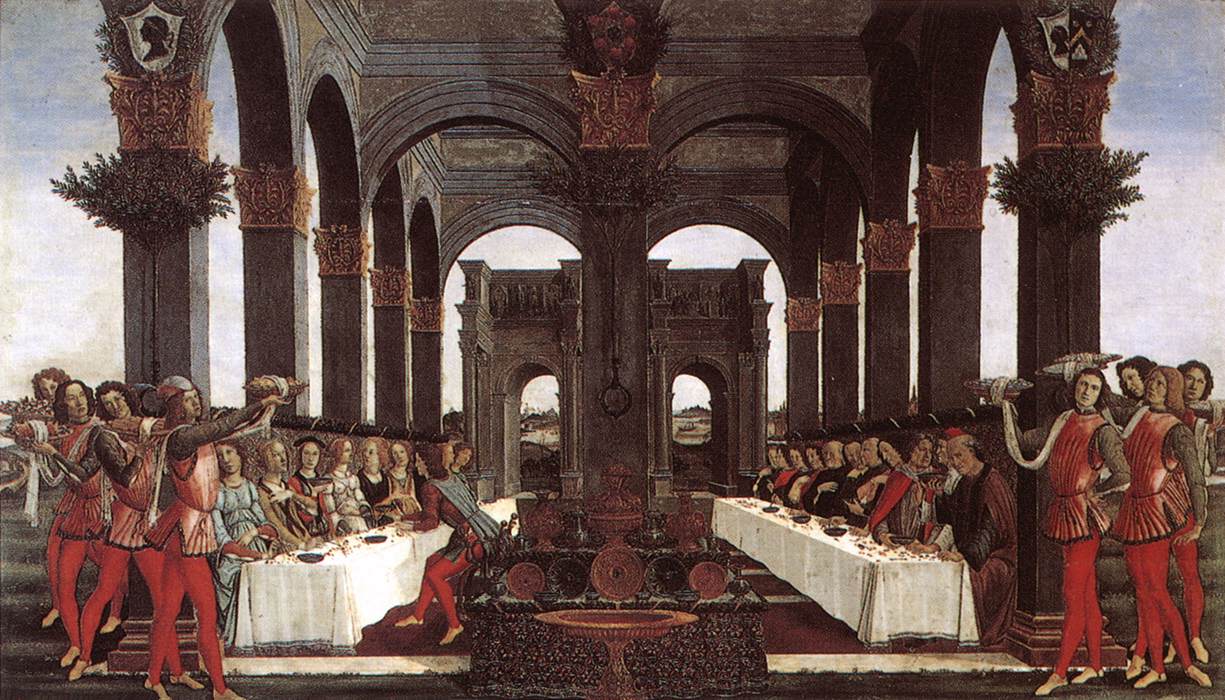February 20. 1821.The news of the day are, that the Neapolitans are full of energy. The public spirit here is certainly well kept up. The 'Americani' (a patriotic society here, an under branch of the 'Carbonari') give a dinner in the Forest in a few days, and have invited me, as one of the Ci. It is to be in the Forest of Boccacio's and Dryden's 'Huntsman's Ghost;' and, even if I had not the same political feelings, (to say nothing of my old convivial turn, which every now and then revives,) I would go as a poet, or, at least, as a lover of poetry. I shall expect to see the spectre of 'Ostasio degli Onesti' (Dryden has turned him into Guido Cavalcanti — an essentially different person, as may be found in Dante) come 'thundering for his prey' in the midst of the festival. At any rate, whether he does or no, I will get as tipsy and patriotic as possible.
Within these few days I have read, but not written.
Notes on the text:
as one of the Ci - Ci is Byron's abbreviation for the Carbonari.
Boccacio's and Dryden's 'Huntsman's Ghost - The story concerns a woman who refuses to marry her suitor. Pursued as if prey by the suitor, as huntsman, she is killed and her heart and intestines are fed to his dogs.
Ostasio degli Onesti - The story appears in Novel VIII of The Decameron, by Giovanni Boccaccio. The name in Boccaccio is Nastagio, not Ostasio. Here is the summary given at beginning of the work:
Nastagio degli Onesti, loving a damsel of the Traversari family, by lavish expenditure gains not her love. At the instance of his kinsfolk he hies him to Chiassi, where he sees a knight hunt a damsel and slay her and cause her to be devoured by two dogs. He bids his kinsfolk and the lady that he loves to breakfast. During the meal the said damsel is torn in pieces before the eyes of the lady, who, fearing a like fate, takes Nastagio to husband.There is a local connection since both Nastagio and the woman he wishes to marry live in Ravenna.
my old convivial turn - Byron probably refers to his riotous life as a libertine while living in Venice.
Dryden has turned him into Guido Cavalcanti - In his translation of the Boccaccio tale: THEODORE AND HONORIA.
as may be found in Dante - Guido Cavalcanti was a poet and close friend of Dante.
come 'thundering for his prey' - Byron probably refers to the feast at which the woman who refused to wed is subjected to a vicious display as shown in the third of the three paintings reproduced below.




http://www.wga.hu/html/b/botticel/6nastagi}
Some sources:
Life of Lord Byron, With His Letters And Journals, Vol. 5 (Thomas Moore, ed.)
The Decameron By Giovanni Boccaccio
The Poetical Works of John Dryden By John Dryden
La historia de Nastagio degli Onesti
The Story of Nastagio degli Onesti by Sandro BOTTICELLI
Inferno, Circle 6, canto 10, by Dante




No comments:
Post a Comment